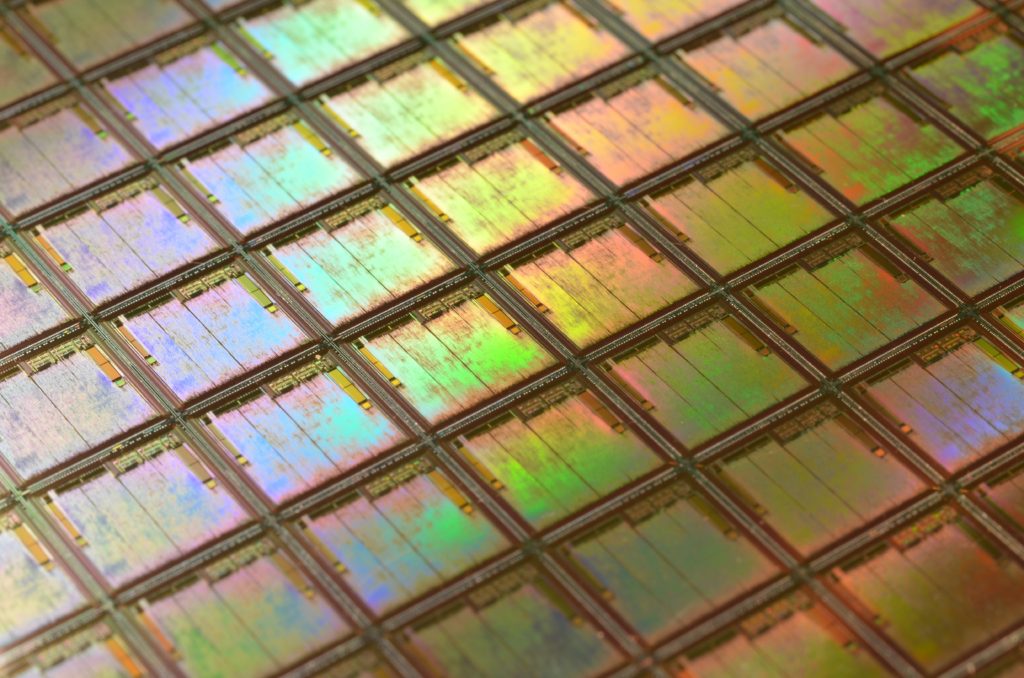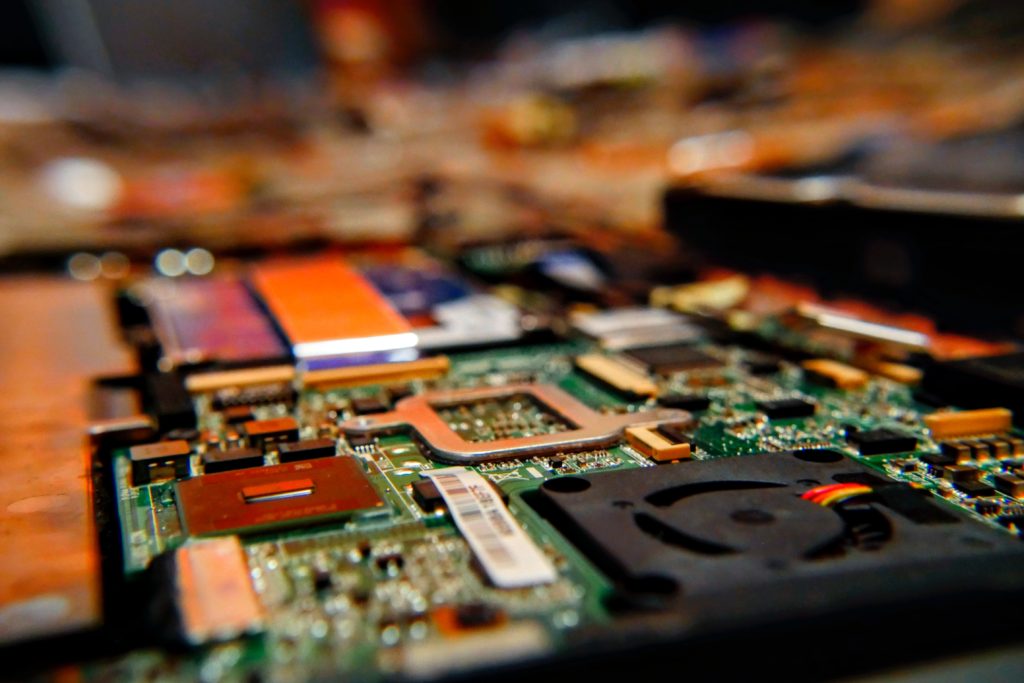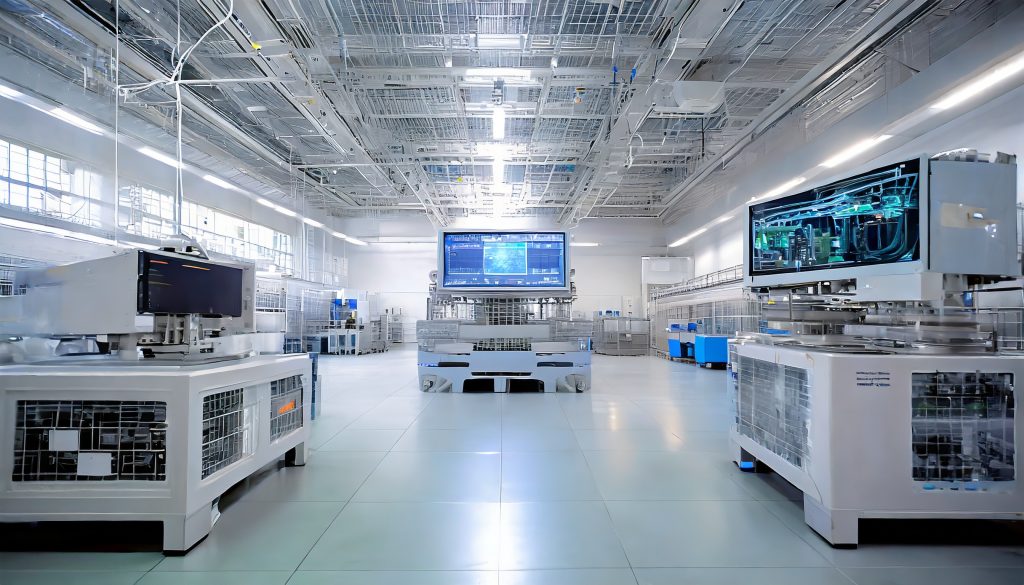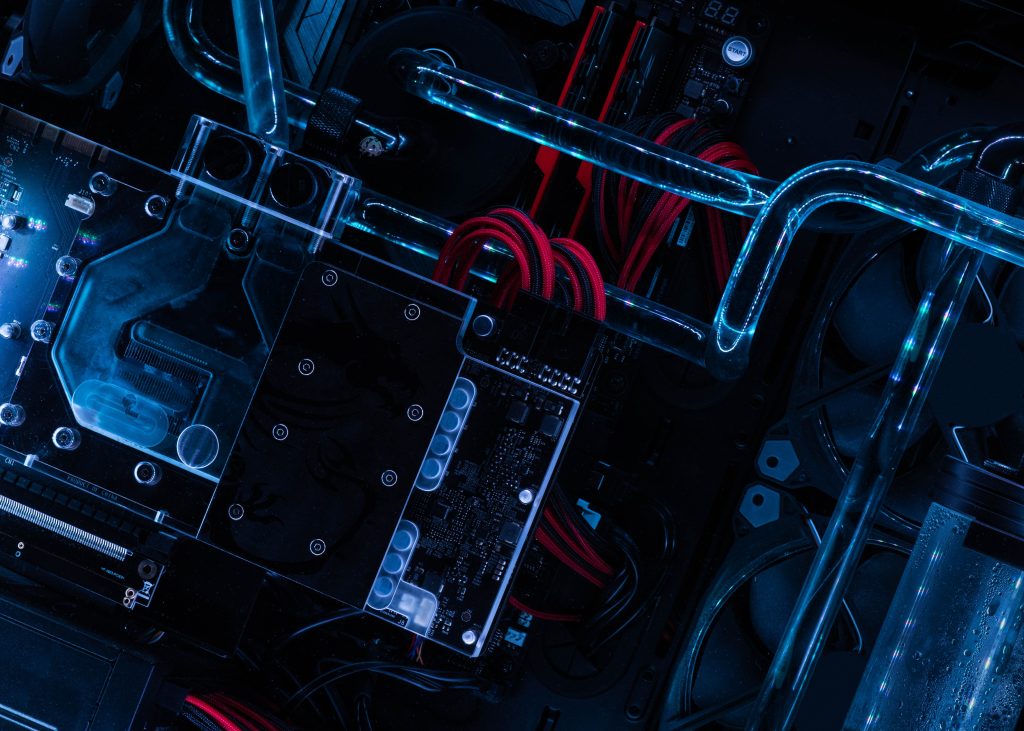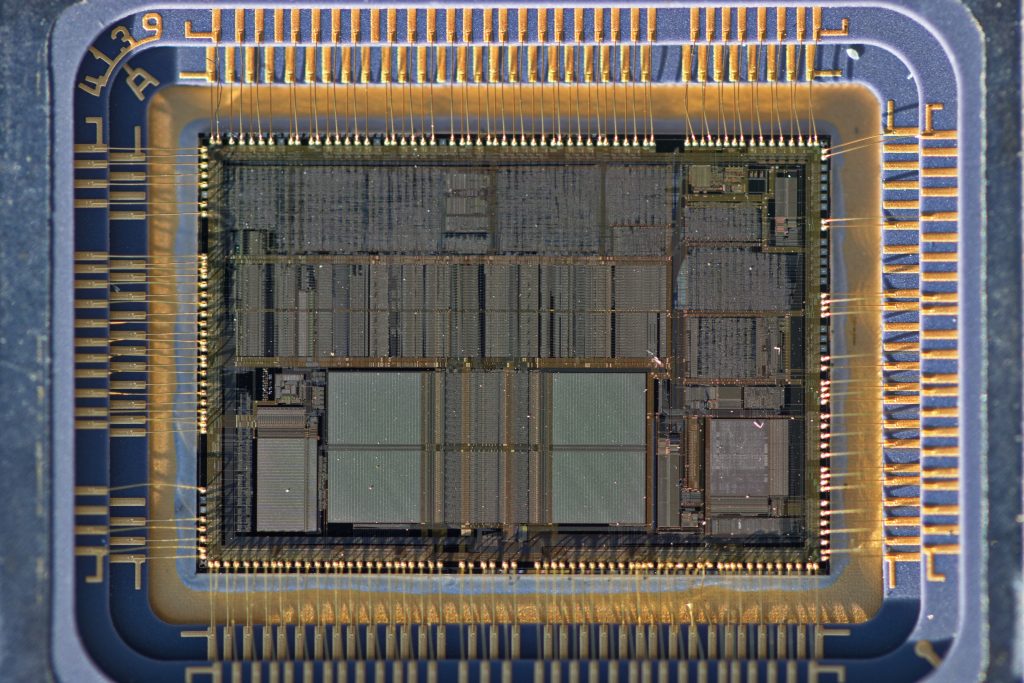Photo by Laura Ockel on Unsplash
THE CHANGING SEMICONDUCTOR BUSINESS MODEL
The semiconductor product development requires many businesses (from materials to logistics) to work in harmony. The complex process of fabricating semiconductor devices has also given rise to the cost of development. To lower the expenditure and to survive the semiconductor business, companies have leveraged different business models.
The three types of semiconductor business model that define the design and the fabrication houses have been in use for several decades:
Pure-Play FAB: In Pure-Play FAB (fabrication) model, the semiconductor companies invest only in semiconductor fabrication plants to turn the design into silicon products. These Pure-Play FABs in the last few years have also started investing in OSATs to leverage the growing assembly and testing demand. Examples: TSMC and GlobalFoundries.
FAB-LESS: FAB-LESS model allows companies to focus purely on the design aspect of the semiconductor product. FAB-LESS companies either have sold all their semiconductor fabrication plants (AMD) or never had any. FAB-LESS model was a game-changer for the semiconductor industry. FAB-LESS model allowed emerging companies to make use of the semiconductor manufacturing capacity built by the Pure-Play FAB. Even today, the majority of the emerging semiconductor companies are FAB-LESS focusing on innovative solutions and designs. Examples: Qualcomm and AMD
Integrated Device Manufacturer (IDM): IDM is a mix of Pure-Play and FAB-LESS. It allows companies to own semiconductor fabrication and testing facilities that cater to an in-house developed product. In the rarest of the cases, the IDM works with outside vendors to allow in-house capacity usage. Examples: Intel, Samsung, and Texas Instruments.
The majority of the emerging semiconductor companies are FAB-LESS due to the high cost of semiconductor fabrication plants and the time it takes to breakeven. Some Pure-Play FAB companies are also getting into the semiconductor design, but not at the scale at which FAB-LESS companies operate. IDMs have enjoyed the best of both worlds. However, the high CapEx to build/run the MEGA/GIGA FAB is now pushing IDMs to innovate their business model.
FAB-LITE Model Provides Low-Cost Solution For Semiconductor Dependent Companies Without Foundry To Enter Semiconductor Manufacturing
The semiconductor chip shortage in the automotive industry is another game-changing event for the semiconductor industry. It is driving automotive companies to think hard about the growing need for semiconductor products in the automotive solutions and how dependent the future EV (or Alternate-Fuel) market driven by high-tech semiconductor solution is going to be.
While there is a large number of FAB-LESS companies that can cater to the automotive industry to design innovative automotive semiconductor products, on the other hand, the capacity to cater to such high demand is not. The majority of the semiconductor manufacturing capacity available today is for advanced technology-node. Given that the smartphone to server market also requires advanced technology-node, the process to reserve the resources is becoming difficult for an industry like automotive. On top of that, the new advanced technology-node facilities under development will take many years to develop, and there on will also take months and years to run at the full capacity.
All of this is requires the need to re-invent the semiconductor business model that caters specifically to the need for an industry like automotive that is facing an uphill battle to reserve semiconductor fabrication capacity against the top computing OEMs.
What is the solution for an industry that requires semiconductor fabrication but is facing capacity constraints? The answer to this question may very well lie in the FAB-LITE model.
FAB-LITE:
– A semiconductor manufacturing model that enables in-house semiconductor manufacturing that caters to specific low-cost higher technology-node that are still in high demand in industries like aerospace, automotive, shipping, defense. etc.
– FAB-LITE model differs from the other three semiconductor business models as it purely focuses on cost optimization, either by building FABs by the companies that never ventured into semiconductor manufacturing but are heavily dependent on semiconductors to meet day-to-day production, OR by acquiring older FABs for in-house semiconductor need. For example, Ford may want to buy/build a semiconductor manufacturing facility that caters to its automotive needs.
FAB-LITE is not geared towards advanced technology-node but can be upgraded as the market moves from higher to lower technology-node. In automotive, the products can be in use for decades. The majority of these active semiconductor chips, do not use today’s latest and greatest technology-node, but instead are dependent on yesterday’s older technology-node.
FAB-LITE model is perfect for an industry that never owned semiconductor manufacturing but has always relied on semiconductor fabrication. It allows lost-cost technology-node operations to ensure they never run out of semiconductor capacity and chips.
FAB-LITE is the need of the hour and also comes up with many benefits.

THE NEED OF FAB-LITE FOUNDRY MODEL
The FAB-LITE model need is because the high-tech industry is becoming increasingly dependent on semiconductor solutions.
The vital piece to ensure the unlimited supply of semiconductor products is the fabrication, without which, the end-product of all the high-tech industry will face constraints like the automotive and consumer industry is facing in 2021.
Following are the major factors that drive the need for a FAB-LITE mode:
Cost: Continues improvement enables making the FAB-LITE model more cost-friendly. It can be either by sharing the resource with the competitor in the same industry with strict confidentiality.
Control: Owning a semiconductor fabrication that is FAB-LITE allows stricter control over the quality and reliability of semiconductor products being products. It allows prioritizing products that eliminate product launch delays.
Quality: Having an in-house fab that is FAB-LITE also ensures that the quality of the product can be strictly controlled. Thus enabling better products that meet the requirements of the end product. Such control is very crucial for an industry like automotive.
Shortage: Companies that are not into semiconductors but into the manufacturing of products that require semiconductors at a large scale cannot afford the shortage. The automotive industry today is one such example. With growing electronics in automotive solutions. the need for semiconductors will keep growing. FAB-LITE’s low-cost approach eliminates the shortage of in-house production needs.
Dependency: FAB-LITE business model is all about eliminating the dependency on large Pure-Play FAB. The majority of the Pure-Play FABs provide advanced technology-node. Many semiconductor driven products in the market still rely on older and high technology-node (automotive, defense, aerospace, etc.). To serve such solutions, the FAB-LITE model is ideal, given it focuses on technology-node that are in high demand and are less costly to develop (infrastructure to process lines) compared to advanced technology-node.
FAB-LITE is not limited to non-semiconductor companies. Even FAB-LESS can take the help of the FAB-LITE model to ensure they never become 100% dependent on their semiconductor manufacturing needs. FAB-LITE is also suitable for emerging markets like India, where the semiconductor fabrication is limited to infrastructure (like space and defense) of national interests only.
The above benefits play right into the hands of the semiconductor dependent companies that can invest today for the future semiconductor manufacturing needs by lowering the cost of the processes being used.

THE BENEFITS OF FAB-LITE FOUNDRY MODEL
Like the other three actively used semiconductor foundry models, FAB-LITE also has many benefits. These benefits balance the best of the need and the cost to develop the semiconductor products in-house.
Cycle Time: FAB-LITE enables in-house production that ensures no delay in products as there are no conflicts with the outside competition. FAB-LITE keeps the product development cycle time in line with the companies expectation and execution plan. If any impact ever occurs, then the capacity can be quickly increased to minimize future constraints.
Low CAPEX: FAB-LITE focuses on older and higher technology-node (> 14nm). These require less capital to run compared to the advanced technology-node. There are already several old FABs that can be acquired to drive in-house requirements. These FABs later can be upgraded as the market requirement changes. Such a solution is perfect for automotive and defense solutions.
Supply Chain: In-house FAB-LITE provides the option to control the inventory. It enables an effective supply-chain and lowers the expenditure of in-house fabrication can also aid in eliminating waste.
Global Competition: FAB-LITE model is for the world that will run everything on the semiconductor. Having a FAB in-house allows semiconductor dependent companies to strictly control product development in the market where any slip in product launch can amount to huge losses.
Process Development: FAB-LITE model drives in-house technology-node related research and development. It can also lead to the development of new low-cost processes that can further lower the capital expenditure. If tomorrow’s automotive market will be semiconductor driven (which it certainly will be), then companies need to adapt starting today.
High Demand And Capacity: FAB-LITE can easily cater to the high demand and capacity requirement of products that require semiconductor solutions. Smartphones and other products are shrinking in size, and the high-tech OEMs are reserving all the available advanced technology-node capacity. Reserving full FAB capacity impacts the older/higher technology-node required by other industries. By enabling the FAB-LITE in-house model, companies can balance the high demand for semiconductor solutions by strategically implementing the FAB-LITE model.
Given how hard the automotive industry (and many other industries dependent on semiconductors) got hit by the semiconductor chip shortage, it will be interesting to see if the learning from such chip shortage can drive in-house semiconductor fabrication via the FAB-LITE model.
